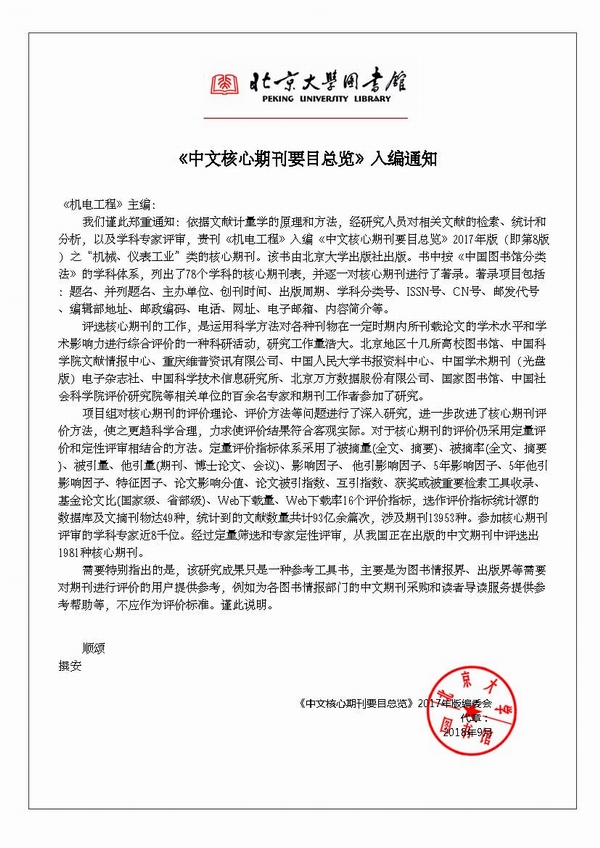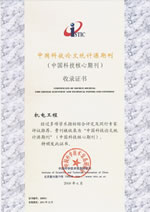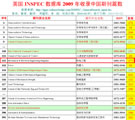
Founded in 1971 >
Chinese Sci-tech Core Periodicals >
British Science Abstracts (SA, INSPEC) Indexed Journals >
United States, Cambridge Scientific Abstract: Technology (CSA: T) Indexed Journals >
United States, Ulrich's Periodicals Directory(UPD)Indexed Journals >
United States, Cambridge Scientific Abstract: Natural Science (CSA: NS) Indexed Journals >
Poland ,Index of Copernicus(IC) Indexed Journals >
International Standard Serial Number:
ISSN 1001-4551
Sponsor:
Zhejiang University;
Zhejiang Machinery and Electrical Group
Edited by:
Editorial of Journal of Mechanical & Electrical Engineering
Chief Editor:
ZHAO Qun
Vice Chief Editor:
TANG ren-zhong,
LUO Xiang-yang
Tel:
86-571-87041360,87239525
Fax:
86-571-87239571
Add:
No.9 Gaoguannong,Daxue Road,Hangzhou,China
P.C:
310009
E-mail:
meem_contribute@163.com
Abstract: In the milling process of magnesium alloy materials, there were usually some problems, such as large part deformation and difficult to ensure surface quality. Therefore, starting from the idea of changing the cutting mechanism of magnesium alloy, a milling process method of magnesium alloy parts based on ultrasonic vibration assisted milling was proposed. Firstly, the 3D milling simulation model of magnesium alloy workpiece was constructed based on the finite element software ABAQUS. Then the trend of milling force and surface stress in ordinary milling and ultrasonic vibration milling was simulated and analyzed. Finally, the ultrasonic vibration assisted milling test of magnesium alloy was designed, and the influence of ultrasonic vibration on milling quality was studied and analyzed with milling force, chip shape and machining accuracy. The results show that ultrasonic vibration can effectively reduce the milling force and the surface roughness of magnesium alloy. With the increase of ultrasonic amplitude, the workpiece surface roughness decreases. When the ultrasonic amplitude is 5μm, the surface roughness is 0.16μm. The machining accuracy is greatly improved. The simulation and experimental data fit well, and the error between them is 4.1% ~ 10.3%, which verifies the effectiveness of the theoretical model and provides a reference for milling process optimization.
Key words: magnesium alloy milling;ultrasonic vibration;milling force;finite element method;surface roughness








